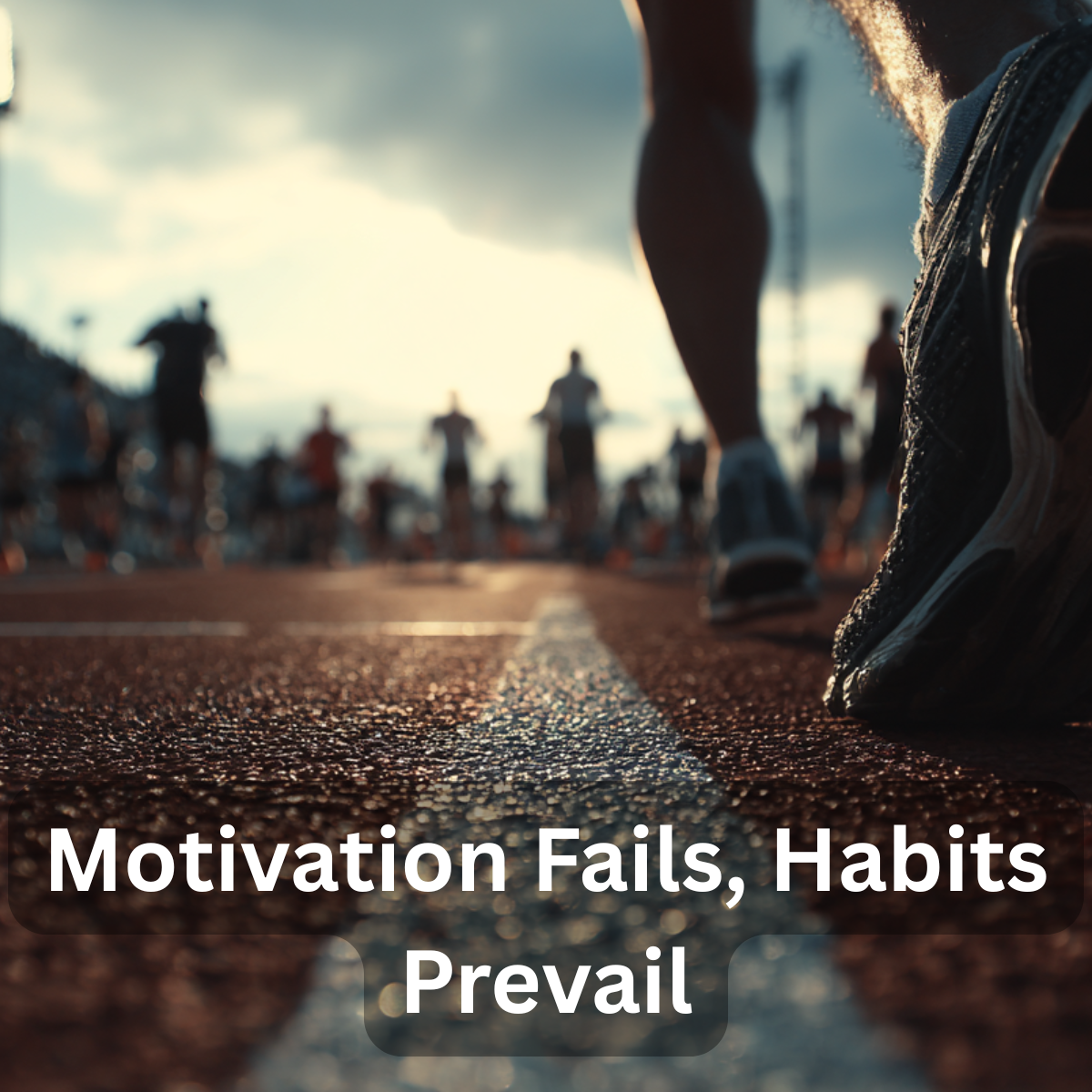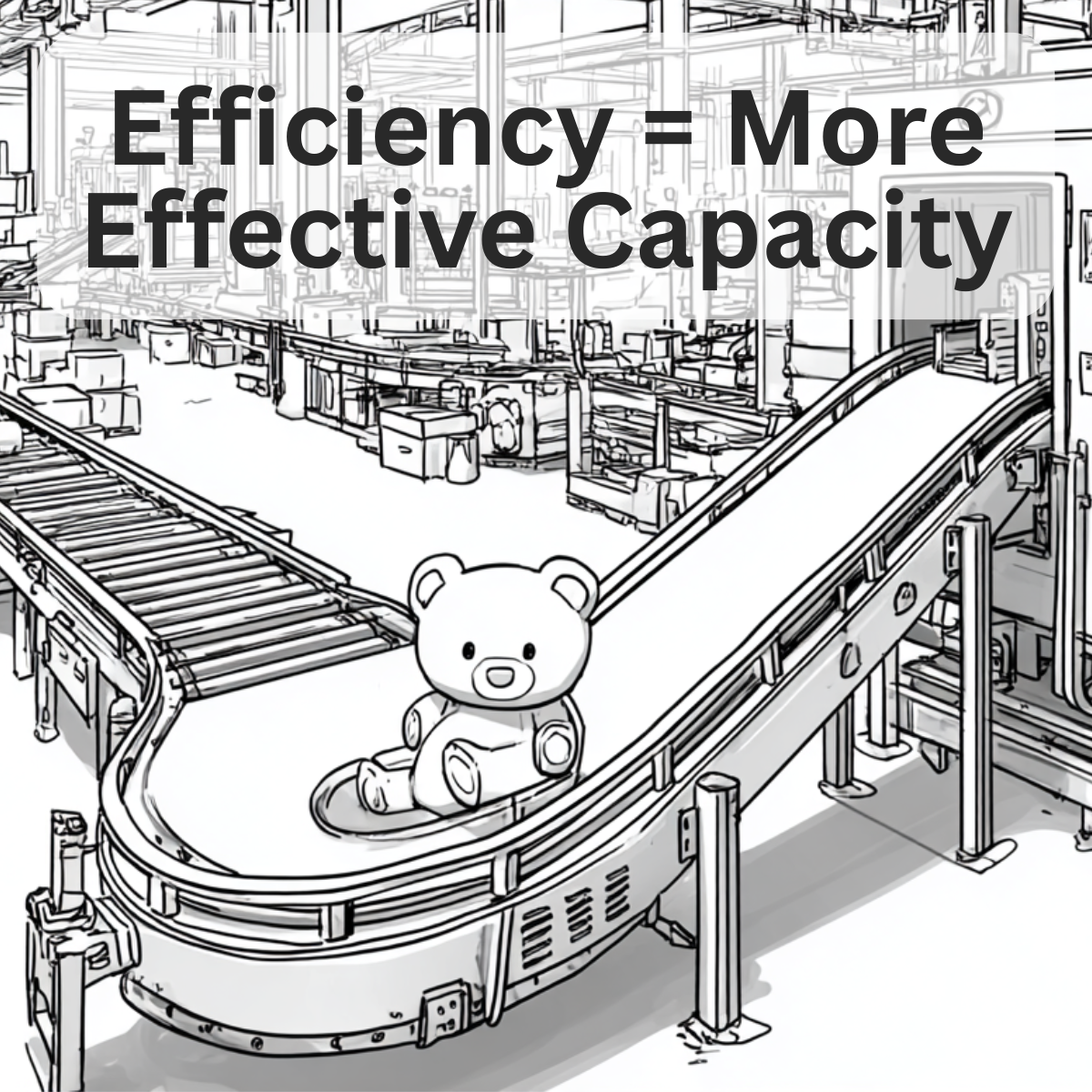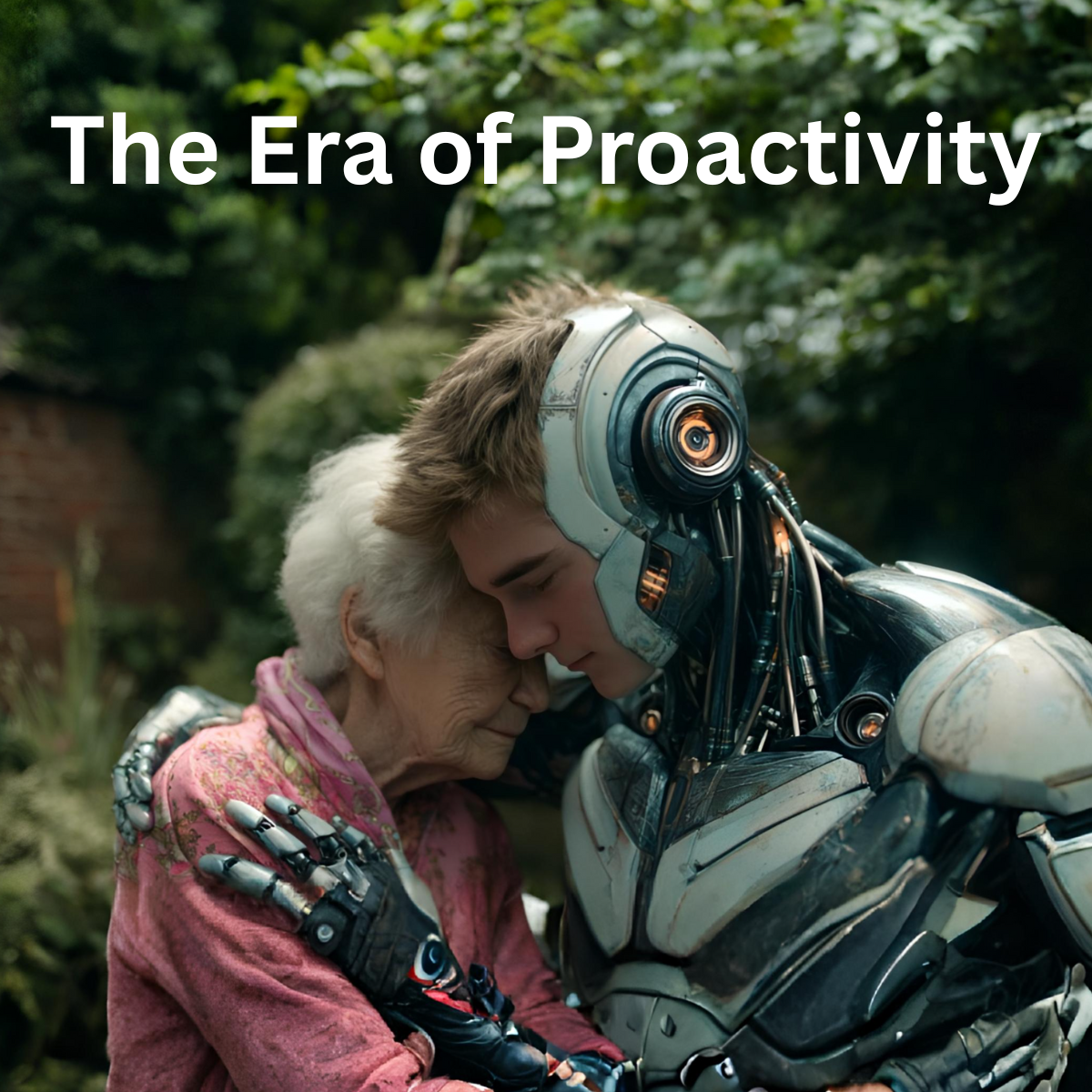Every commitment starts with a vision. You imagine the person you want to become, the habits you want to embrace, and the lifestyle you hope to create. For a while, the momentum feels unstoppable. You’re consistent. You’re focused. You’re making progress. And then, out of nowhere, life throws a curveball—a stressful week, a missed day, or a moment of weakness.
The inevitable hiccup.
Let’s start with a truth: no commitment, no matter how solid, is immune to small lapses. You’re human. I’m human. There will be days when circumstances—or even just your own frailty—get the best of you. What matters is not whether you stumble but what you do next.
Why Hiccups Aren’t the Problem
A hiccup is just a moment. It’s a missed step, not a broken foundation. Maybe you skipped a workout, ate something you’d sworn off, or spent a whole evening scrolling on your phone instead of being present with your family. These moments can feel like failure, but they’re not. They’re simply data points in a much larger story.
The real danger isn’t the hiccup itself. It’s how we react to it. Too often, a small lapse can trigger a cascade of negative thinking:
- “I’ve blown it now.”
- “Why even bother anymore?”
- “I’ll just start over next week.”
This kind of thinking transforms a hiccup into a gap—a period of inaction or disengagement that grows larger with each passing day. And if that gap isn’t addressed, it can become a reversal: a slide back into old patterns and the abandonment of your commitment altogether.
The Anatomy of Recovery
So, how do you stop a hiccup from becoming a gap? Here’s the process:
1. Acknowledge Without Judgment
The first step is to name what happened without piling on shame or self-criticism. Acknowledge the misstep for what it is: a single moment, not the sum total of your journey. Be honest with yourself, but stay compassionate.
2. Revisit Your Why
Every commitment starts with a reason—a deep, personal motivation. When you stumble, go back to that why. Remind yourself why this commitment matters to you. Your why can anchor you and give you the strength to keep going.
3. Take the Next Right Step
Don’t wait for the “perfect” moment to reset. Take the very next opportunity to get back on track. If you missed a workout, go for a walk today. If you overindulged at dinner, make your next meal a healthier one. Action—no matter how small—interrupts the gap and re-establishes momentum.
4. Reflect and Adjust
Use the hiccup as a chance to learn. Was there a trigger or pattern that led to it? Could you have prepared differently or responded better? Reflection isn’t about beating yourself up; it’s about equipping yourself to navigate similar moments in the future.
Building Resilience Through Imperfection
One of the most powerful lessons I’ve learned through my own commitments is this: resilience isn’t built by avoiding mistakes—it’s built by recovering from them. Every time you pull yourself out of a hiccup and get back on track, you strengthen your ability to stay the course over the long term.
Remember, the goal isn’t perfection; it’s consistency. And consistency is not defined by never falling—it’s defined by always getting back up.
Your Journey Is Bigger Than a Moment
As you move forward in your commitment, keep this perspective in mind: a hiccup is not the end of your story. It’s just one sentence in a much longer narrative. The story you’re writing is about growth, persistence, and transformation.
When you feel yourself faltering, remind yourself of this simple truth: you are not your mistakes. You are the person who keeps showing up, day after day, to build something meaningful.
Keep going. Your future self will thank you.




